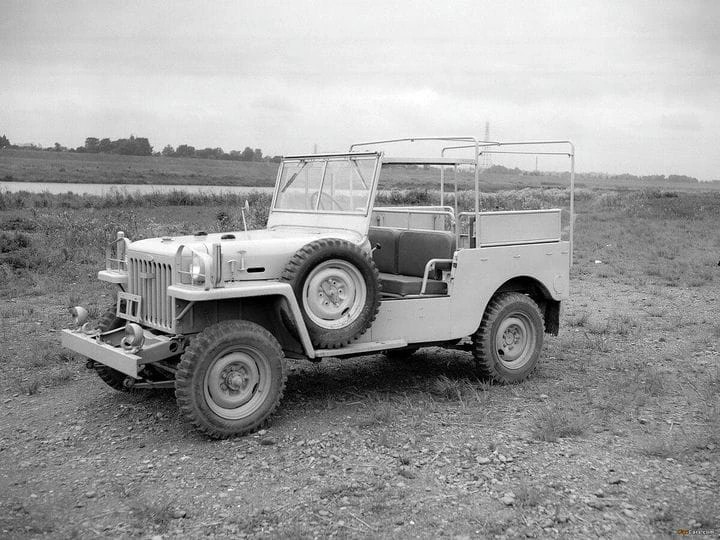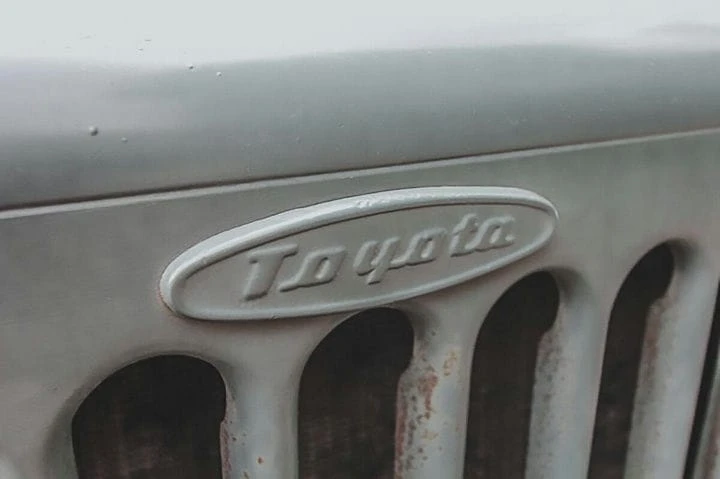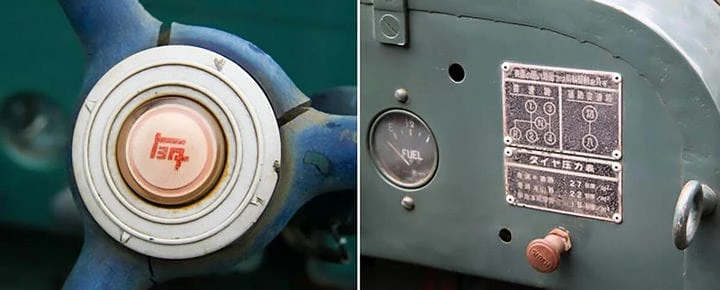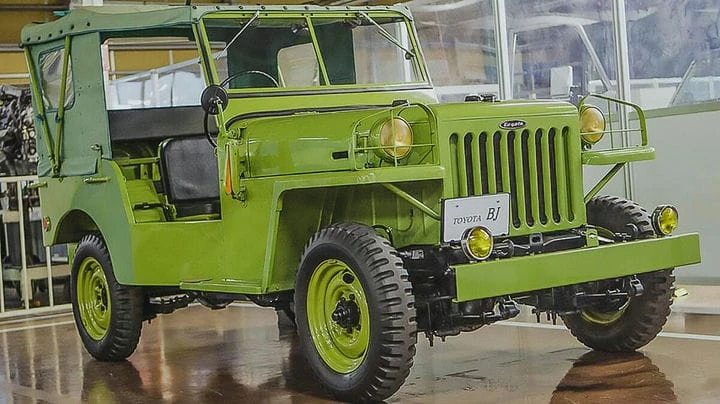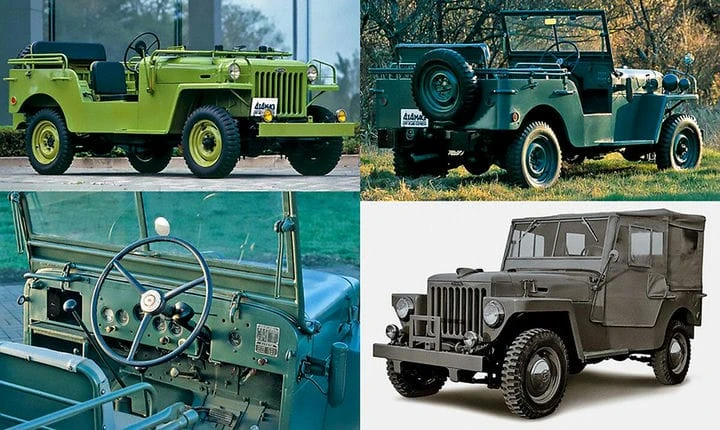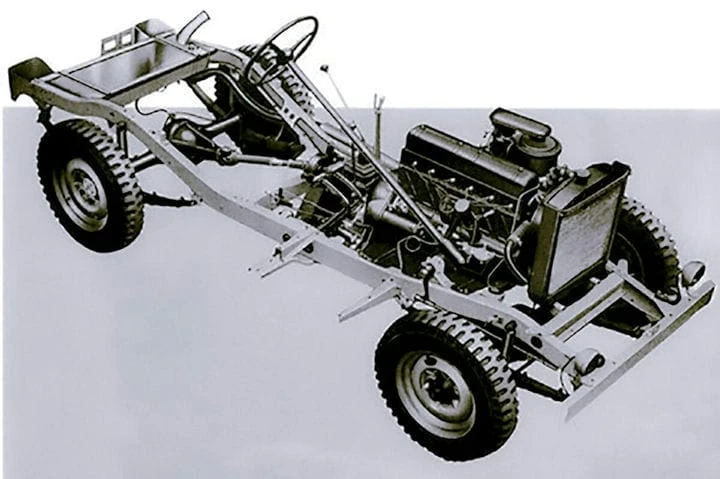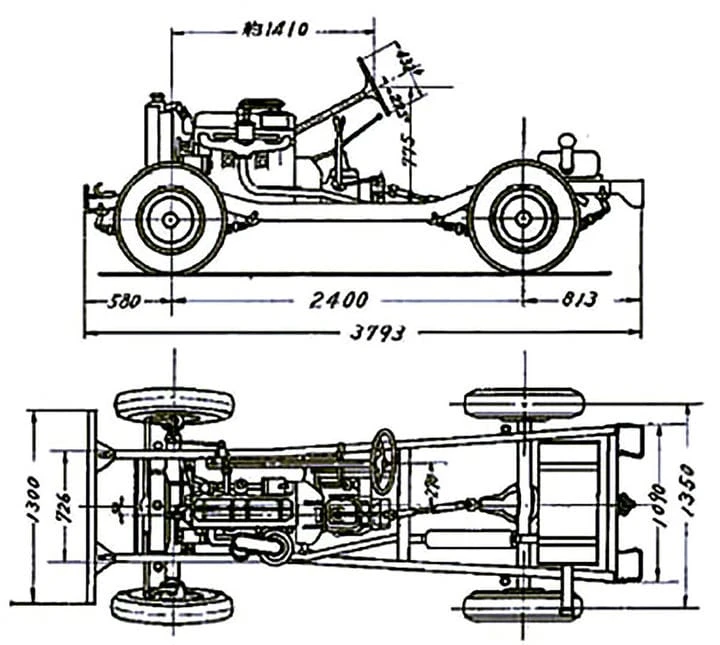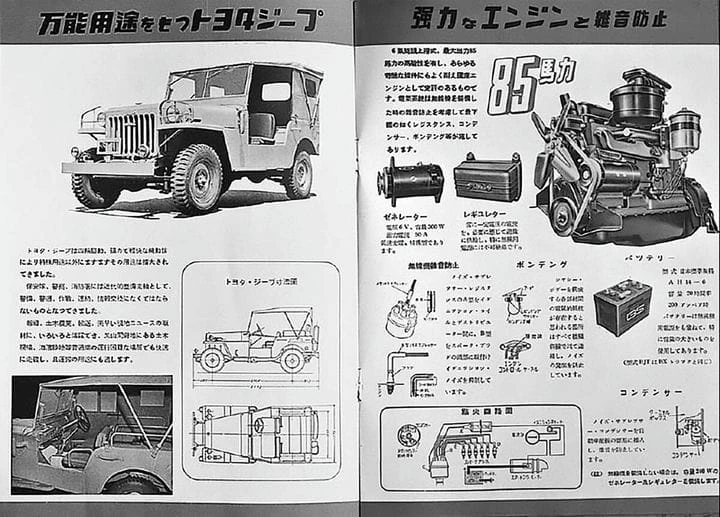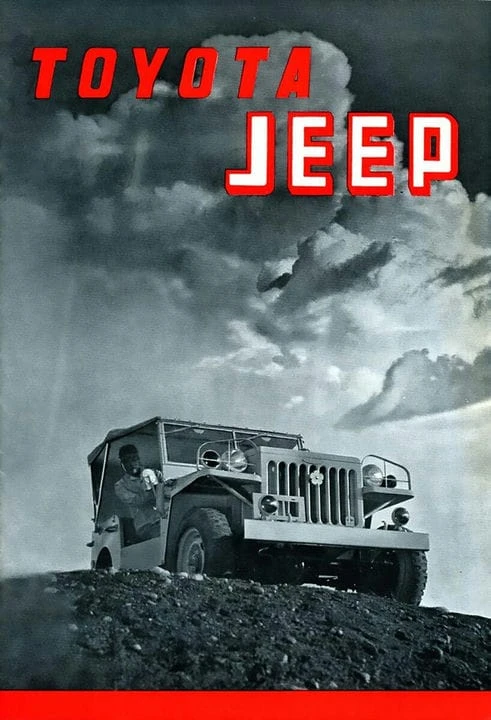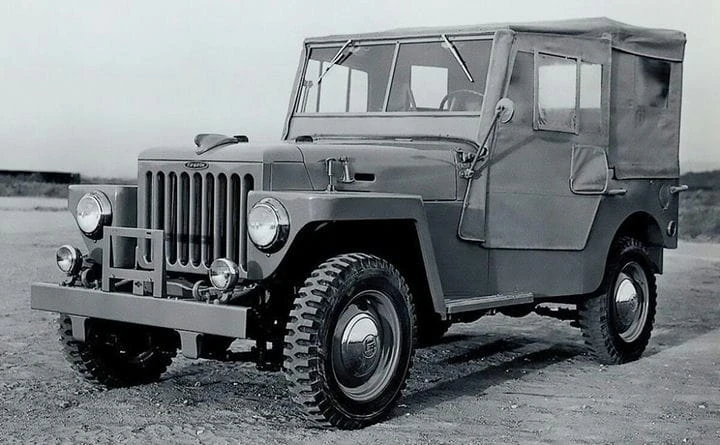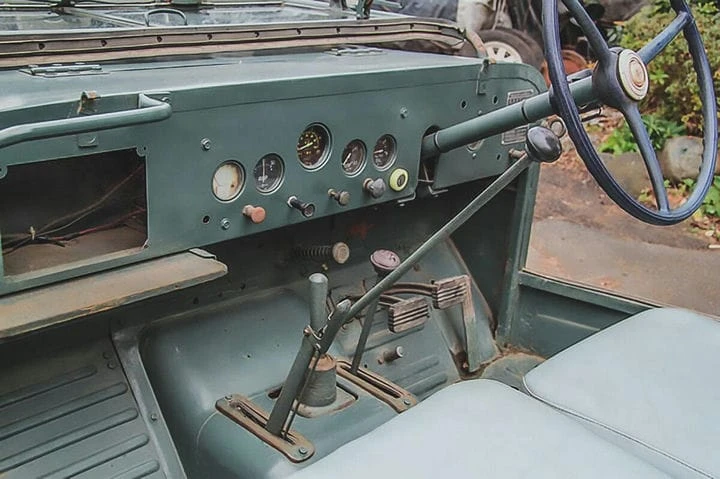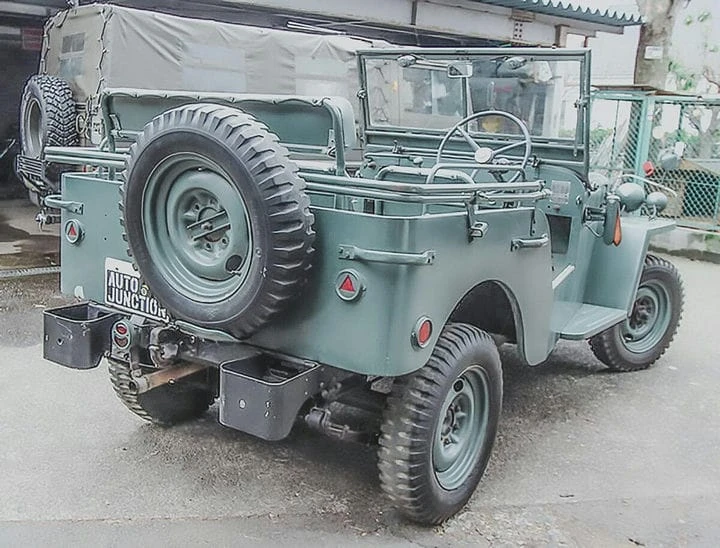Legendary Land Cruiser. Part 1. Toyota Jeep BJ (1951–1955)
I am opening a series of posts about one of the legendary SUVs in the world: Toyota Land Cruiser. Each post will tell the story of one generation.
This opening post is dedicated to the first SUV, the ancestor of the Land Cruiser series: the Toyota Jeep BJ.
After the end of World War II and the creation of the National Police Reserve Force, Japan was completely dependent on the American side in terms of the supply of technological equipment, and as a result, the country had an urgent need to develop its own production base. Japanese automakers have been commissioned to build prototypes of compact four-wheel drive trucks and other vehicles. At the time, the American Army's Willys Jeep off-road vehicles (widely used by the occupying forces) were very popular, so Toyota decided to call its new prototype “Jeep BJ” (“B” stands for “Type B” engine, and “J” stands for “Jeep”). 4×4″). The first sample suitable for testing was built already in 1951.
The use of parts from large trucks in the construction of the BJ model gave the car a very high degree of reliability, which allowed it to be versatile and successful in the small four-wheel drive market. The chassis of the Toyota Jeep BJ was borrowed from the 1947 model SB one-ton truck.
Therefore, the wheelbase of the new model was 2400 mm, which is about 200 mm longer than the wheelbase of the classic Jeep.
Under the hood of the SUV was a 6-cylinder B-series engine from the same truck. Interestingly, the engine for the SB truck used in the imperial army, developed in 1938, was created on the basis of a licensed Chevrolet Stovebolt Six engine.
Engine power of 82 hp it was quite enough for that time without a downshift, especially in combination with the main pairs 4.11 in axles and the gear ratio 5.53 of the first gear taken from the same truck.
For ease of manufacture, the body was as square as the Willys, but at the same time it had an enlarged body compared to the “American”, mounted on an elongated base, as well as an enlarged hood due to the need to install a large 6-cylinder engine.
In July 1951, test pilot Ichiro Taira conducted a test run (supervised by officials from the National Police Agency) driving the BJ to Checkpoint 6 on Mount Fuji.
The BJ was successfully tested and entered service as a National Police Agency patrol vehicle in August of that year. The sixth station is located at an altitude of 2,390 meters and no one has been able to reach this point since then. At present, the passage of cars above the 5th station is prohibited, and there is a normal road to the 5th station. However, despite the achievements in the tests, Willys cars were supplied under the first contract for the armed forces. Starting with the second contract for the armed forces of Japan, cars of their own production began to be supplied.
Toyota BJ was produced in several versions for military and commercial purposes. Civilian buyers were interested in a military SUV, but the military “comfort” was not very suitable for them, but for business, a light four-wheel drive car came to their liking.
It took at least two more years to put this model into production, after which, in 1953, the adopted model was put into mass production. Already in the first year, 298 cars rolled off the assembly line. In addition to the patrol car for the National Police Reserve Force, Toyota has received orders from the Ministry of Forestry and Agriculture and from companies in the energy sector.
In 1954, the company received a copyright infringement claim from the Willys Company, which owns the invention of the original Jeep model. It was the letter “J” that caused the “showdown”. The Japanese perceived the term Jeep as a noun, denoting the type of vehicle, and not the name of the model or brand. Then the technology director Hanji Umehara, in order to avoid claims from Jeep owners, gave the car the name Land Cruiser (“Land Cruiser”). Unbeknownst to Umehara, at that moment he came up with a name for the whole world of SUVs, and not just one model. Then he considered that such a name would well resist Land Rover, whose position in the market of third countries Toyota planned to press.
The production of the SUV continued until 1955, after which the production of the 20 series began instead. The Toyota 20-series was more comfortable for civilian use and, moreover, it used the best F-series engine with a volume of 3.9 liters and 105 hp. But that's the topic of the next post. Don't switch!
Thanks for reading!

